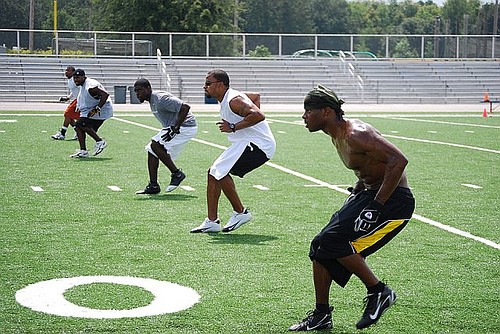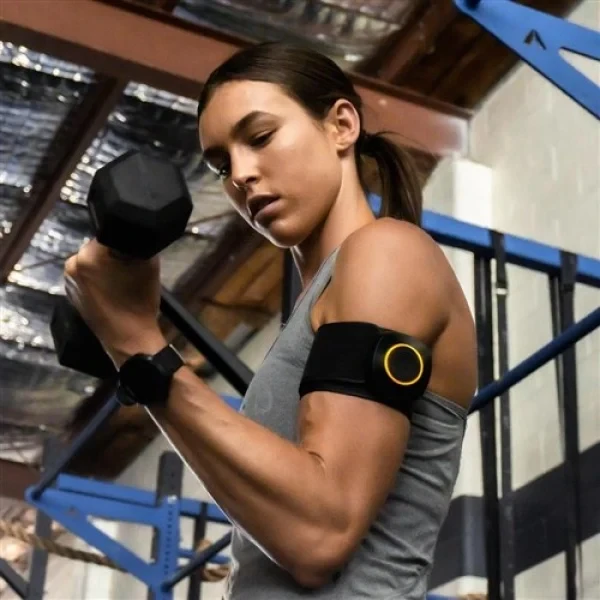
Deceleration is one of the most demanding and overlooked aspects of athletic performance. Athletes must slow
down rapidly during changes of direction or sudden stops, placing significant strain on their muscles and joints.
Dr. Damien Harper's pioneering work in this area highlights the critical role of the quadriceps in deceleration, especially their eccentric
function, and provides valuable return-to-play markers for safely reintegrating athletes after injury. This framework has been a backbone
to our ACL rehab at Offaly Physio and Performance Lab.

Blood flow restriction (BFR) training is a cutting-edge technique that has gained popularity in both rehabilitation and performance settings. By partially restricting blood flow to working muscles, BFR allows athletes and patients to achieve significant benefits with lower exercise intensities. This blog explores the science behind BFR, its applications in sport, the physiological adaptations it induces, and the optimal parameters for effective training, drawing on insights from leading researchers like Dr. Stephen Patterson. Additionally, we highlight how Offaly Physio and Performance Lab integrates BFR into their rehabilitation protocols for post-surgical patients.
.jpg)
Patellofemoral maltracking is a common source of knee pain that can significantly impact daily activities. Jenny McConnell's assessment and taping techniques offer valuable tools for clinicians to diagnose and manage this condition effectively. At Offaly Physio and Performance Lab, we combine these proven methods with cutting-edge technology and personalized care to help our patients achieve pain-free function and a quick return to their favorite activities.

Within elite sport there is huge investment from external sponsors and the pressure to measure and optimise performance. Essentially as coaches our role is to improve the physical, skill and mental capacity of the player. Due to this there has been a shift in focus on athlete’s wellbeing, as it is perceived that factors such as sleep, mood and general wellbeing can influence performance.

The primary goals of Physiotherapy / Rehabilitation for non-athletic individuals often revolve around promoting long-term functional recovery and minimising outcome measures such as pain. Within the sporting environment the primary focus for athletes is typically the speed of their recovery, with the possible long-term health risks being of secondary relevance compared to their sports achievements.
Stay up to date with our blog and get notified when we release new content.